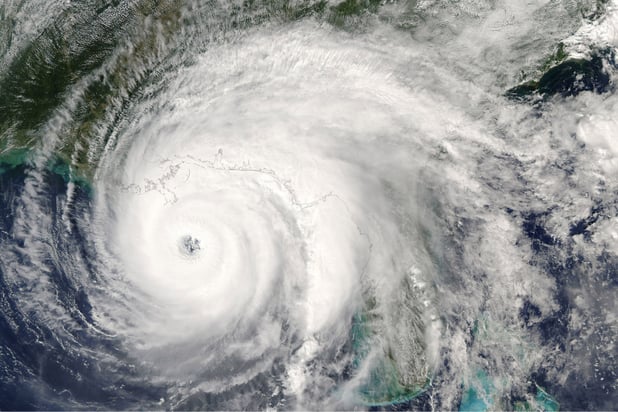

Natural disasters worldwide caused substantially higher losses in 2021 than in the previous two years, according to Munich Re’s 2021 Nat Cat report.
Based on provisional data, Munich Re found that storms, floods, wildfires, earthquakes, and other extreme weather events destroyed assets totaling US$280 billion in 2021, a dramatic increase from US$210 billion in 2020 and US$166 billion in 2019. According to the reinsurance giant, roughly US$120 billion of the US$280 billion total losses were insured, which is up from $82 billion in 2020 and $57 billion in 2019.
The USA accounted for a significant share of natural disaster losses in 2021, costing around US$145 billion, of which approximately US$85 billion was insured. Both figures (total and insured losses) were significantly higher than the prior two years, trumping $100 billion total losses with $67 billion insured in 2020, and $52 billion total losses with $26 billion insured in 2019. The extreme weather events that resulted in major losses in the USA were tornadoes, tropical storms (particularly during the Atlantic hurricane season), and deep freeze.
In Europe, torrential rainfall in July 2021 triggered severe flooding that resulted in devastating losses in local areas, particularly in western Germany. In the affected regions, the rainfall caused by the low-pressure system “Bernd” was the highest in over a hundred years. In tributaries, such as the River Ahr in the Rhineland-Palatinate, the deluge triggered flash floods that swept away countless buildings and severely damaged infrastructure, such as railway lines, roads, and bridges. It also killed more than 220 people. Overall, the losses came to €46 billion or US$54 billion, of which €33 billion (US$40 billion) was in Germany.
In Asia-Pacific, losses remained modest, with overall economic losses of US$50 billion, of which US$9 billion were insured (insurance gap 83%). The region accounted for only 18% of overall losses and 7% of insured losses, with the costliest natural disaster being a severe flood in Henan Province in central China, where many rivers, including the Yellow River, burst their banks and hundreds of thousands of homes were flooded. Overall losses in the Asia-Pacific region came to some US$16.5 billion, with only around 10% of these insured.
Ernst Rauch, chief climate and geoscientist at Munich Re and head of the climate solutions unit, said the latest disaster statistics are striking because some of these extreme weather events are likely to become more frequent or severe due to climate change.
“Among these are severe storms in the USA, including in the winter half-year, or heavy rain followed by floods in Europe. For hurricanes, scientists anticipate that the proportion of severe storms and storms with extreme rainfall will increase because of climate change,” Rauch said. “Even though events cannot automatically be attributed to climate change, analysis of the changes over decades provides plausible indications of a connection with the warming of the atmosphere and the oceans. Adapting to increasing risks due to climate change will be a challenge.”
